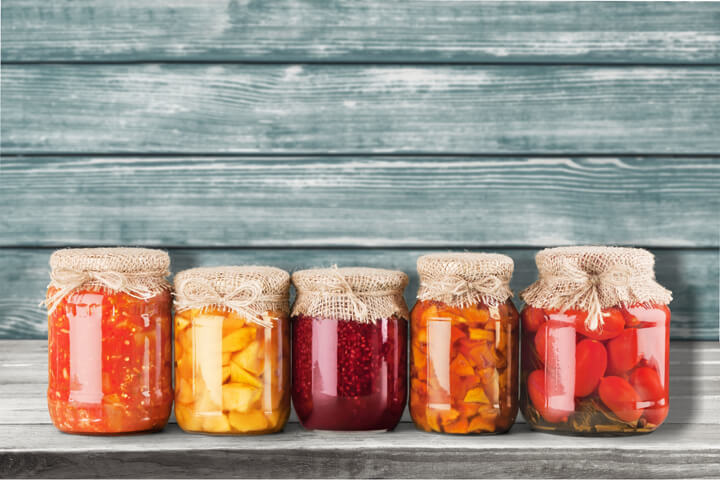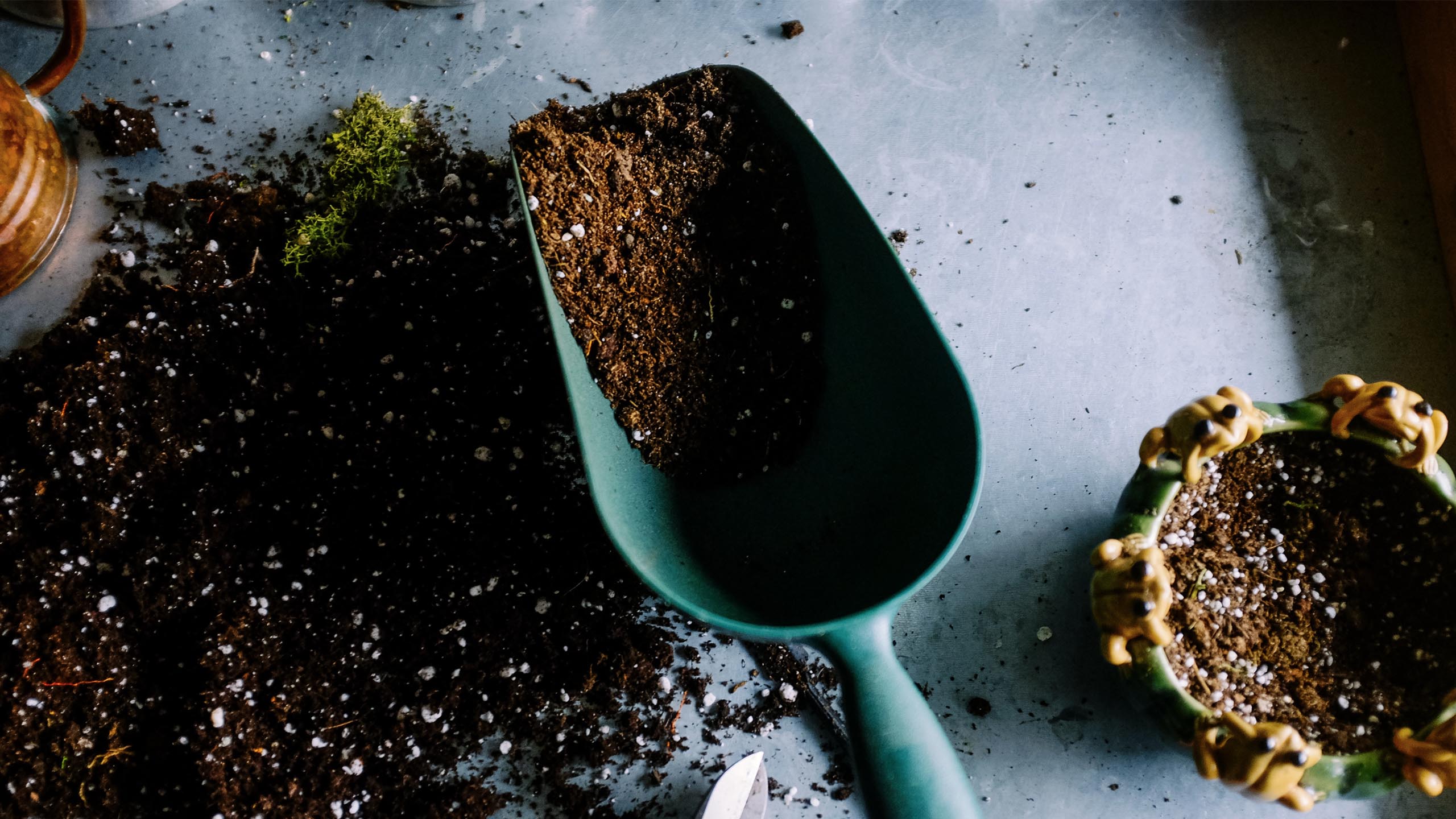
The three most common canning methods.
- Cold Pack method
- Hot pack method
- Open the Kettle
Cold Pack method: Raw fruit is packed into a sterile jar and hot syrup is added to fill the jar to within a ½ inch from the top. A lid is placed on the jar and then processed in a boiling water bath or a pressure cooker. The processing can also be achieved in a 275 deg. F. Oven. The length of time it takes for processing will depend on the fruits or vegetables being processed.
Hot Pack Method: The raw fruit is simmered in syrup for 5-10 min then it is packed with the syrup into hot sterile jars. The jars are filled to within ½ inch of the top. The filled jars are then processed in boiling water for 15 minutes. Smaller fruits such as cherries or berries are simmered with sugar to taste for 5 min., then packed and processed for 10 min., in boiling water. Due to shrinkage in this process, fewer jars are needed and you get more servings per jar.
Open Kettle Method: The fruit is cooked in syrup for about 15-20 min. It is then packed in sterilized jars and sealed at once. The Open Kettle method is not recommended for, meat or fish.
General Canning Directions
1: Select only the freshest fruits and vegetables available. Unripe or overripe foods are not recommended for canning.
2: Blanch by plunging small quantities of product into boiling water for a set period. The object of blanching is to help in removing the skin or to make the product more pliable which helps in packing it into the jars. Most green vegetables are blanched by steaming rather than plunging them into boiling water.
3: Cold Dip by plunging fruit or vegetable into cold water. The reason for cold dipping is to cool the product so that it can be easily handled. Cold dipping also helps in setting the color of some vegetables.
Some vegetables do not need to be cold-dipped.
4: Packing: you must pack fruits and vegetables firmly or else the jars will not be full because of shrinkage during processing.
5: Process your fruits and vegetables with great care. Each fruit and vegetable will have a different processing time. Many different books and websites can help you with the right processing charts. Most canning jar suppliers will have the charts you need right in the box of jars.
Canning Fish
Attention to detail is necessary for canning meat and fish! Use only the freshest fish available. Clean and wash the fish with cold water. Remove the head, tail, and backbone. Soak the fish for ½ hour in salt water. Drain well. Cut the fish into pieces that will fit into the jar. To a quart jar add 2 tsp. Olive oil or butter, 1 tbsp vinegar, 2 or3 tbsp. of water and 1 tsp. Salt. Put the lid on the jar and put the jar into a water bath. Process for three hours. Time from the point the water returns to a boil. Remove the jars and allow them to cool completely. Do not invert to cool.
Canning Meat
Clean meat with a damp cloth. Remove bones and excess fat. Cut the meat into serving pieces. Heat the meat by roasting it or frying it in a small amount of oil. Pack the meat into canning jars. Add some boiling water to the oil in the frying and de-glaze the pan. Put about 3 to 4 tablespoons of this liquid into each jar. Add 1 teaspoon of salt to each quart jar. Process for 3 hours at a full boil. You must make sure the boiling water covers the jars at all times. Remove from the water bath and let cool completely.

